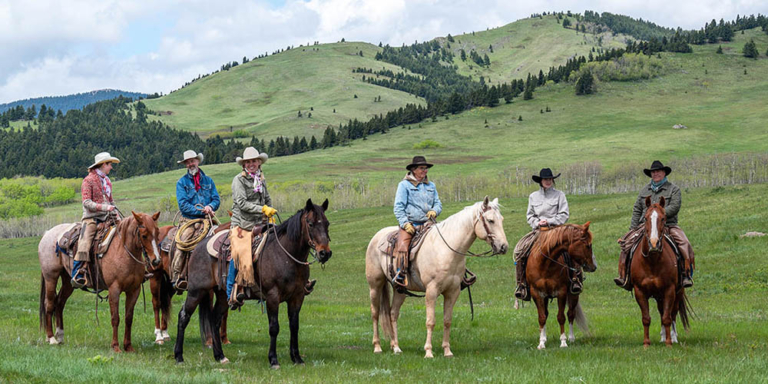A recent government decision has stirred up dust in the picturesque rolling hills northeast of Cochrane, Alberta.
Danielle Smith’s government and Rocky View County have approved Mountain Ash Ltd.’s 130-hectare open-pit gravel mining operation near Big Hill Springs Provincial Park.
While it might seem like a standard development permit, conservationists and locals have raised significant concerns.
A Special Place
Big Hill Springs isn’t just any park. It’s home to a cold-water mineral spring with consistent year-round temperatures, making it critical aquatic habitat.


The mineral sediments on its rocks also form rare tufa formations. Tufa formations are sometimes called nature’s rocky sculptures. They are like nature’s version of a secret sandcastle-building competition for rocks. Formed over thousands of years by minerals and water, they’re Earth’s own whimsical masterpieces!
With an annual visitation of 250,000 nature enthusiasts, the park recently underwent infrastructure renovations costing $1.2 million. Beyond its beauty, the park plays a pivotal role as a clean water source for the region.
The Bighill Creek Preservation Society (BCPS) swiftly responded to the government’s decision in August, appealing it within six days. They emphasized the potential risks the proposed mining operation poses to groundwater resources over its projected 30 to 40 years of operation.
Vivian Pharis, BCPS’s vice president, highlighted the significance of the spring, which has been federally ranked as Canada’s fourth most important thermal spring.
The spring feeds Big Hill Creek, a tributary to Calgary’s primary Bow River water supply. Any compromise to its water quality could have far-reaching consequences downstream.
A Cinematic Appeal
To amplify their message and rally more support, the BCPS enlisted the help of James Napoli, a 30-year veteran filmmaker from the National Geographic Society.


Napoli spent two years crafting an eight-minute film showcasing the environmental significance of the Bighill Creek area and the urgency to protect it.
The film, which includes breathtaking drone footage, delves into the area’s natural history and the looming threats.
The BCPS’s efforts have also garnered the Alberta Wilderness Association‘s (AWA) support.
AWA’s outreach specialist, Lindsay Wallis, recently sponsored an educational program, taking participants on a four-hour walk-and-talk along the creek.
The walk highlighted the importance of the watershed and the need for its preservation, especially in light of increasing droughts and the continued destruction of wetlands.
The AWA has joined the BCPS in appealing the province’s approval.
Backing from National Geographic and the AWA provides the BCPS with invaluable scientific research and expertise, which can be costly for a small, Cochrane-based society.
Balancing Development and Environmental Protection
Gravel extraction projects are increasing around Cochrane because of increasing population growth driving the demand for gravel.


Combining the need for gravel with the fact the Cochrane area is rich in gravel deposits makes the potential for conflict between development and preservation likely.
The biggest concern–and the basis of the appeal–is that the proposed mine would be only 800 meters from the main spring, which gushes out of a concentrated area from the bedrock.
BCPS warns that removing vast amounts of organic soil, subsoil, and gravel will expose the spring to potential contaminants. This would jeopardize the water quality and the downstream habitat of various fish species, some of which are endangered.
Bruce Waterman, the owner of the company proposing the project., claims the project underwent rigorous reviews spanning seven years. Waterman is confident their mining activities won’t jeopardize the park’s ecosystems.
BCPS is not interested in halting all gravel mining, just the ones that impact this rare and valuable ecosystem.
BCPS hopes that a sustainable solution will emerge with the support of organizations like AWA, National Geographic and the local community, ensuring the park’s preservation for generations to come.
Watch the Bighill Springs movie below:






